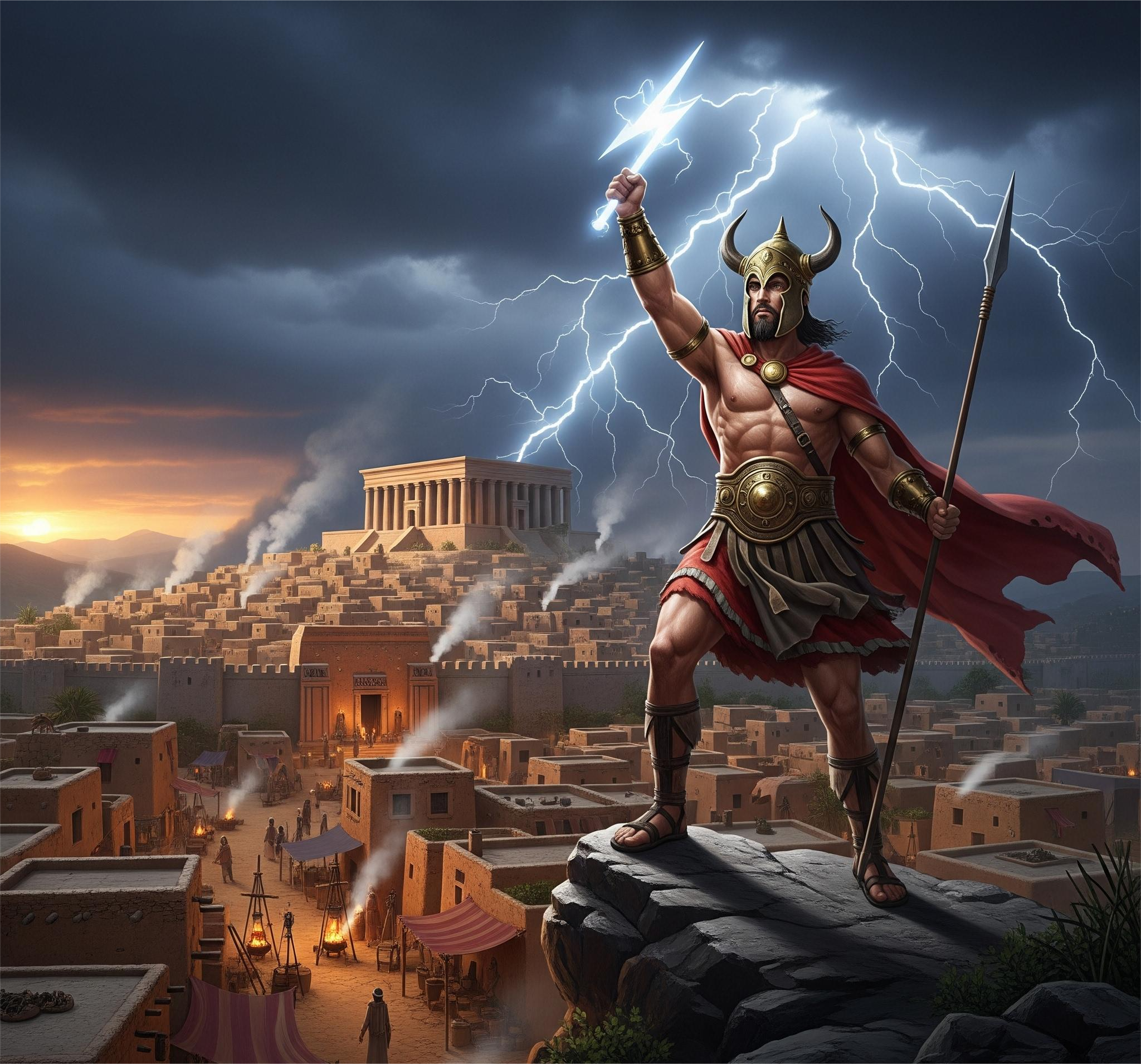The "lure of the unknown" drives research, but explorers are close to discovering all of the lost cities. So what will this mean for archeology?
There’s an urgent race to discover lost cities like Valerina (inset) using satellite imaging before they’re destroyed by logging and fire. Source: Getty/ L. Auld-Thomas et al.
Archeologists are in a “race against time” to discover the world’s lost ancient sites before they are destroyed. Trees that protected ancient cities for hundreds of years are being burned, slashed and bulldozed to make way for industrial agriculture and illegal cattle ranching tied to drug running.
The latest discovery was made by PhD student Luke Auld-Thomas as he was trawling through satellite images taken above Mexico. Speaking with Yahoo News, he recalled the exact moment in 2018 he found the Maya city that had been lost for centuries beneath thick forest.
“The first thing I did was strip all the trees away digitally so I could look at the ground, and as soon as I did that it was completely conspicuous what I was looking at,” he said, revealing a new laser technology called Lidar was used during the process.
Towering large quadrangular buildings were the first sign he'd found a city as they are a hallmark of all Maya culture. But it wasn’t initially clear just how big his discovery was.
The nearby Maya city of Calakmul has been protected by trees. Source: Getty
Named Valerina, the city is thought to have been home to a whopping 30,000 to 50,000 people at its peak — which extended from 750 to 850 AD. Thought to contain 6,500 structures, it was found near the port city of Campeche in the Gulf of Mexico.
“I looked at the images more closely and quickly appreciated that one of the quadrangular enclosures was a palace, another was a pyramid plaza complex. But then as I cast my eye out further I realised there were ball courts, administrative buildings, reservoirs, a whole menu of things all cluttered together.
“I realised this was not just a set of buildings it had all of the features of a Maya political capital.”
The discovery has been published in the journal Antiquity.
Lidar technology was used to rediscover structures, sinkholes and caves beneath the trees. Source: Antiquity (Cambridge University Press)
Forest that has protected ancient ruins disappearing
Technology is rapidly advancing the capabilities of archeologists to locate forgotten ruins in hard-to-reach locations. And Auld-Thomas, a student at Tulane University in the United States, is continuing to search for more lost cities.
“Deforestation is destroying archeological sites at a really brisk click and we’re in a race against time to protect them. As remote sensing technology improves we come to appreciate that it has been the forest that’s protected these ruins for so long by making them hard to access,” Auld-Thomas said.
“There’s a sense of urgency about mapping these areas at scale before the forest is destroyed and more archeological heritage is lost forever. On the one hand, technologies are increasing that quickly allow us to map larger areas. But on the other hand, the area that we can map and hope to map is shrinking as it’s nibbled away at the edges.”
Trees across Mexico are being rapidly felled. Source: Getty
The 'lure of the unknown' is vanishing as the world is mapped
While mapping ancient sites is key to their protection, each discovery also takes humankind closer to an age where every inch of the planet has been explored. Childhood dreams of exploring jungles and stumbling upon an ancient world will be no more.
“There’s a big high of being able to discover these things, there’s a peak of excitement building in my discipline. But eventually, we’re going to run out of things to discover, and that’s coming quite soon,” Auld-Thomas admitted.
He finds the situation both “exciting” and “a little sad” because it’s the “lure of the unknown” that drives research, public interest, and in turn new people into the field.
“Once we’ve lost the lure of the unknown I wonder if there will be a little bit of an emotional funk that settles over archeology.”










